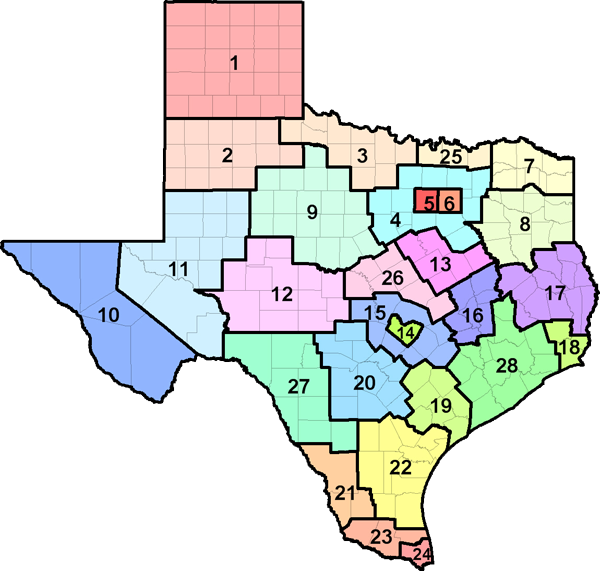The U.S. Department of Labor has developed an automated occupational information database, O*NET, that identifies and describes work content, work skills, and training requirements for all jobs across the country in all sectors of the economy. Much of the occupational information contained in this report is derived directly from the O*NET database, and supplemented with information from the Bureau of Labor Statistics, Census Bureau, and Labor Market and Career Information.

| Industry | % of Furniture Finishers employed | Annual Growth Rate |
|---|---|---|
| Personal and household goods repair and maintenance | 8.8 | 0.00 |
| Furniture and home furnishings retailers | 6.7 | -0.80 |
| Other wood product manufacturing | 3.1 | 0.00 |
| 2023 Statewide average hourly wage | $18.52 |
| 2023 National average hourly wage | $20.43 |
| 2022 National employment | 19,200 |
| 2022 Texas employment | 2,138 |
| Texas projected employment by 2032 | 2,501 |
| Texas projected annual employment and Turnover openings through 2032 | 300 |

| Region | Employment | Projected Employment 2032 | Projected Annual Openings 2032 |
Annual Growth Rate |
Average Income |
|---|---|---|---|---|---|
| Texas (all regions) | 2,138 | 2,501 | 300 | 1.58% | $38,517.00 |
| Top 10 Relevant Knowledge Areas | Relevant Importance Levels |
|---|---|
| Production and Processing Knowledge of raw materials, production processes, quality control, costs, and other techniques for maximizing the effective manufacture and distribution of goods. |
|
| Mechanical Knowledge of machines and tools, including their designs, uses, repair, and maintenance. |
|
| Design Knowledge of design techniques, tools, and principles involved in production of precision technical plans, blueprints, drawings, and models. |
|
| Education and Training Knowledge of principles and methods for curriculum and training design, teaching and instruction for individuals and groups, and the measurement of training effects. |
|
| English Language Knowledge of the structure and content of the English language including the meaning and spelling of words, rules of composition, and grammar. |
|
| Customer and Personal Service Knowledge of principles and processes for providing customer and personal services. This includes customer needs assessment, meeting quality standards for services, and evaluation of customer satisfaction. |
|
| Mathematics Knowledge of arithmetic, algebra, geometry, calculus, statistics, and their applications. |
|
| Building and Construction Knowledge of materials, methods, and the tools involved in the construction or repair of houses, buildings, or other structures such as highways and roads. |
|
| Administration and Management Knowledge of business and management principles involved in strategic planning, resource allocation, human resources modeling, leadership technique, production methods, and coordination of people and resources. |
|
| Public Safety and Security Knowledge of relevant equipment, policies, procedures, and strategies to promote effective local, state, or national security operations for the protection of people, data, property, and institutions. |
| Top 10 Relevant Skill Areas | Relevant Importance Levels |
|---|---|
| Active Listening Giving full attention to what other people are saying, taking time to understand the points being made, asking questions as appropriate, and not interrupting at inappropriate times. |
|
| Critical Thinking Using logic and reasoning to identify the strengths and weaknesses of alternative solutions, conclusions, or approaches to problems. |
|
| Monitoring Monitoring/Assessing performance of yourself, other individuals, or organizations to make improvements or take corrective action. |
|
| Speaking Talking to others to convey information effectively. |
|
| Operations Monitoring Watching gauges, dials, or other indicators to make sure a machine is working properly. |
|
| Judgment and Decision Making Considering the relative costs and benefits of potential actions to choose the most appropriate one. |
|
| Time Management Managing one's own time and the time of others. |
|
| Quality Control Analysis Conducting tests and inspections of products, services, or processes to evaluate quality or performance. |
|
| Coordination Adjusting actions in relation to others' actions. |
|
| Service Orientation Actively looking for ways to help people. |
| Top 10 Relevant Abilities | Relevant Importance Levels |
|---|---|
| Near Vision The ability to see details at close range (within a few feet of the observer). |
|
| Visual Color Discrimination The ability to match or detect differences between colors, including shades of color and brightness. |
|
| Arm-Hand Steadiness The ability to keep your hand and arm steady while moving your arm or while holding your arm and hand in one position. |
|
| Manual Dexterity The ability to quickly move your hand, your hand together with your arm, or your two hands to grasp, manipulate, or assemble objects. |
|
| Control Precision The ability to quickly and repeatedly adjust the controls of a machine or a vehicle to exact positions. |
|
| Visualization The ability to imagine how something will look after it is moved around or when its parts are moved or rearranged. |
|
| Selective Attention The ability to concentrate on a task over a period of time without being distracted. |
|
| Static Strength The ability to exert maximum muscle force to lift, push, pull, or carry objects. |
|
| Trunk Strength The ability to use your abdominal and lower back muscles to support part of the body repeatedly or continuously over time without "giving out" or fatiguing. |
|
| Finger Dexterity The ability to make precisely coordinated movements of the fingers of one or both hands to grasp, manipulate, or assemble very small objects. |